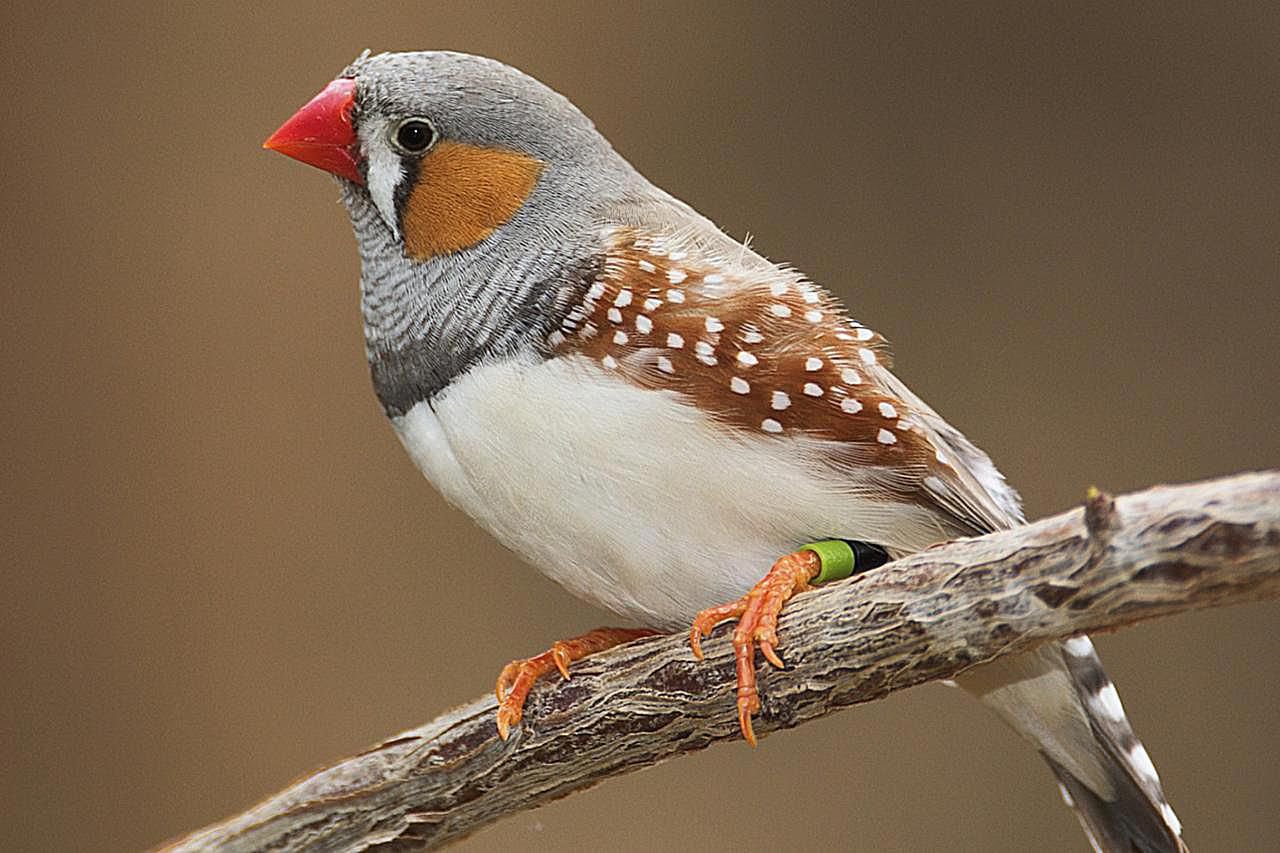

Some best green food choices to offer to your bird include dandelion greens, spinach, kale romaine, lettuce, and a wide array of fresh fruits and vegetables. Hence, purchase fresh seeds and place them in wet conditions to facilitate sprouting.Īpart from seeds, you should provide your pet zebra finch with a rich source of greens. Seeds provide the highest nutritional value when the seeds are in the sprouting stage. Give your bird at least two spoons of seed mix daily. Consider purchasing a seed mix for your pet. Such a feeding method will encourage the bird to embrace its natural foraging behavior.Ī seed-based diet can help complement your bird’s diet. Put the food on the bottom of your bird’s cage, rather than putting food under perches. Hence, your pet bird will rely on the food you are providing the pet. The explanation being that captive zebra finches can’t afford to have a rich source of food choices, unlike wild bird birds. Nonetheless, food and diet can vary significantly among captive birds. Although in rare cases, some zebra finches can be seen foraging on their own. Some birds can, however, feed in pairs, especially during the mating season. Grass seeds are a stable source of food for wild zebra finches. While wild birds can feed on a wide variety of ripe and semi-ripe seeds, most zebra wild finch species’ favorite seeds are the grass seeds. The diet for wild zebras shouldn’t be different from the diet of wild zebra finches. In the wild, these birds forage to plant seeds, berries, weeds, and pine cones. Hence, these birds feed on a diet consisting of seeds and insects. Zebra finches are omnivorous bird species. Some zebra finches have been spotted nesting on termite nests. These birds also net in multiple substrates, from bushes to shrubs. Zebra finches prefer to live in pairs to thrive well while in captivity. Or, they can perch on a branch and then peck out the grass seeds. Zebra finches forage on grassland by flying and pecking out the grass seeds one seed at a time. Nonetheless, some can forage for grass seeds on tall grass.

Zebra finches prefer foraging on the ground. BehaviorĪ zebra finch is a diurnal bird, meaning this tiny bird is active during the daytime.
ZEBRA FINCH LIFESPAN PATCH
Females lack a chestnut patch on their faces, while males a conspicuous patch on their faces. The most distinctive physical appearance between females and males is the chestnut patch. Females also have black and white stripes on their upper chests. Males, however, have a much brighter beak than females. The standard physical trait of both and female zebra finches is their red-orange beaks. Females have a grey color in those parts. Males have white and black bars on their chests and orange check patches. They have zebra-like white and black stripes on their body. Most zebra finch species measure between 4 and 7 inches long on average. Some zebra finches are also present in Costa Rica. These birds are also present in Portugal and other European areas, forming part of wild bird species. Zebra finches are prevalent in huge flocks in their native habitats of arid regions of Indonesia and Australia. The zebra finch’s natural habitats include forests and grasslands. Let’s see more about the zebra finch in this guide, especially if you think of keeping this attractive bird as a pet. Zebra finches are also pets, and hence they require proper care like other types of pets. If you want to keep a zebra finch as a bird pet, it will help to know all the guidelines for keeping this bird.

Zebra finches are dimorphic, meaning they are easily recognizable from their sexes. The zebra finch derives its name from its white and black markings on its chest and tail. The small size of these birds makes them suitable for pet bird lovers with smaller living spaces. Their singing and chirping can be entertaining. The other benefit of keeping zebra finches over other pet birds is that they are thrilling to watch. Zebra finches are easy to care for and maintain, making these birds suitable for first-time pet bird owners.

A zebra finch is among the most attractive bird species in the world.


 0 kommentar(er)
0 kommentar(er)
